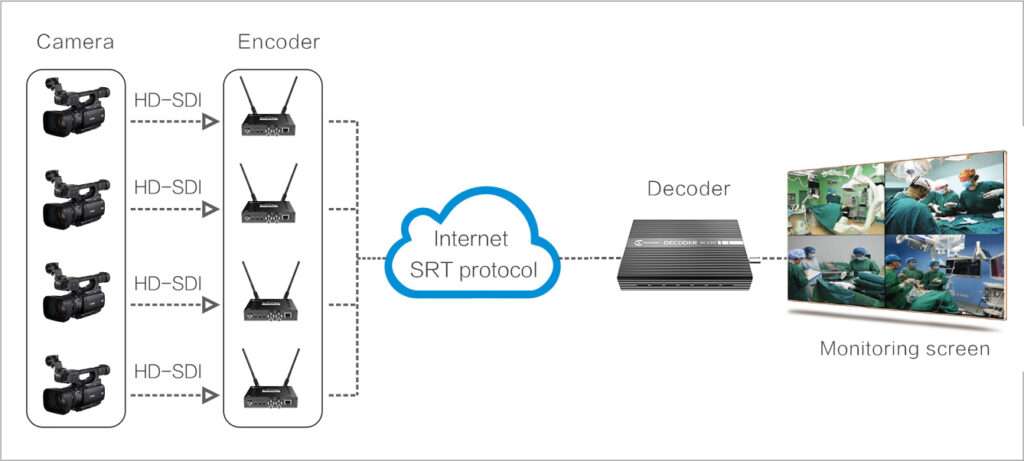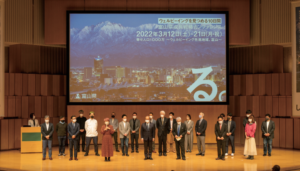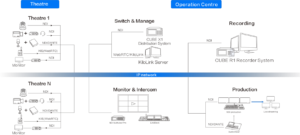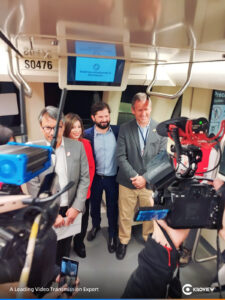When referring to traditional program production, live AV signals are transmitted through cables whether it’s in indoor or outdoor environment. Under such conditions, signal’s transmitting is challenged by a lot of factors. With the growing application of IP – based remote production, the situation is improved but there are new concerns – how can we ensure there is no packet loss in remote transmission? – The answer is SRT transmission protocol.
The SRT is built on the TS over UDP protocol, which solves the problem of un-reliability of the UDP protocol while retains the core ideas and mechanisms of the UDP, thus it is of strong anti-packet loss capabilities and is suitable for complex networks and low latency, which eliminates central bottlenecks, and costs.
Moreover, SRT supports AES encryption to ensure end-to-end video transmission security. This is a technology suitable for broadcast program production. With the increase of AV over IP applications, SRT will be applied in more application scenarios.
Project scenarios
For many suddenly-happened news events or hot events, the scene can be smoothly transmitted to the program center with high stability.
For example, when a reporter is interviewing in San Francisco, it needs to be transmitted to the CNN production center in real time. As for traditional live transmission, it is deployed on the spot with wired, wireless, 3G, 4G, Wi-Fi or other transmission methods. However, the stability is good but troublesome in the case of cable one. For outdoor journalists’ news interviews, the method of transmitting data streams through 3G / 4G is also more and more widely used by TV stations and other organizations which, however, needs a transfer platform in the transmission process – mounting an encoder on the camera, transmitting the video to the relay platform, and then to the guide station.
Now let’s take a look at the SRT transmission application:

With SRT technology, it can be implemented directly in a point-to-point manner, with the front-end video images pushed and the guide station receiving. And the video can be transmitted to the guide station with low latency, low-bandwidth.
Kiloview’s Solution
The front-end camera SDI or HDMI interface is built with our P- 4G video encoders, which transmits signals to the guide station through SRT public network. The schematic diagram is as follows:











